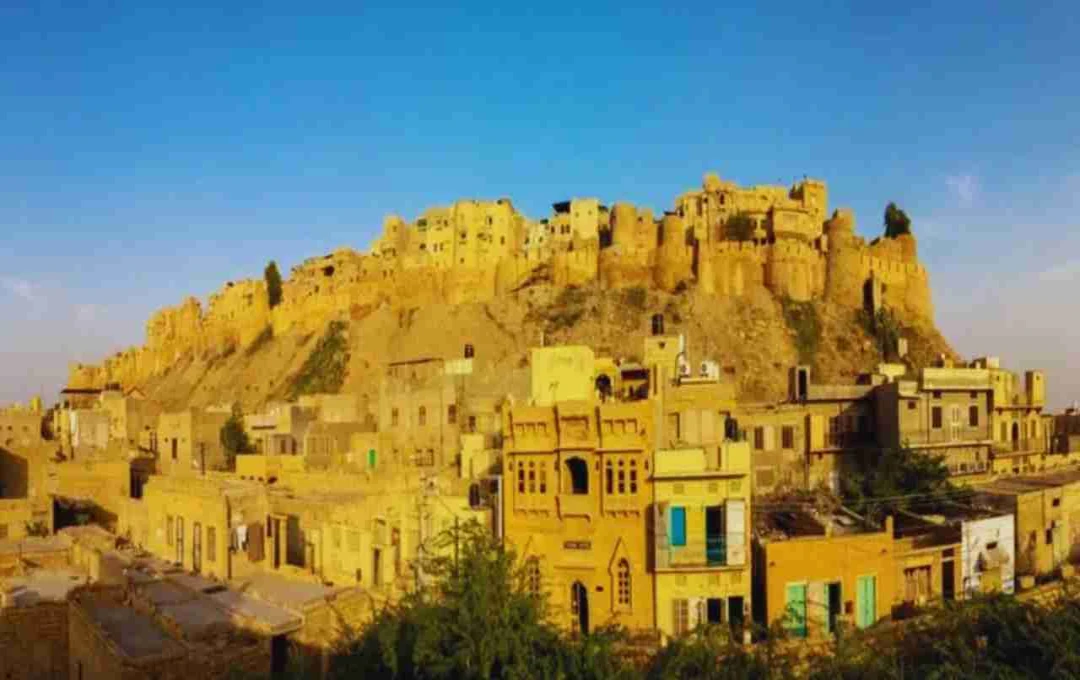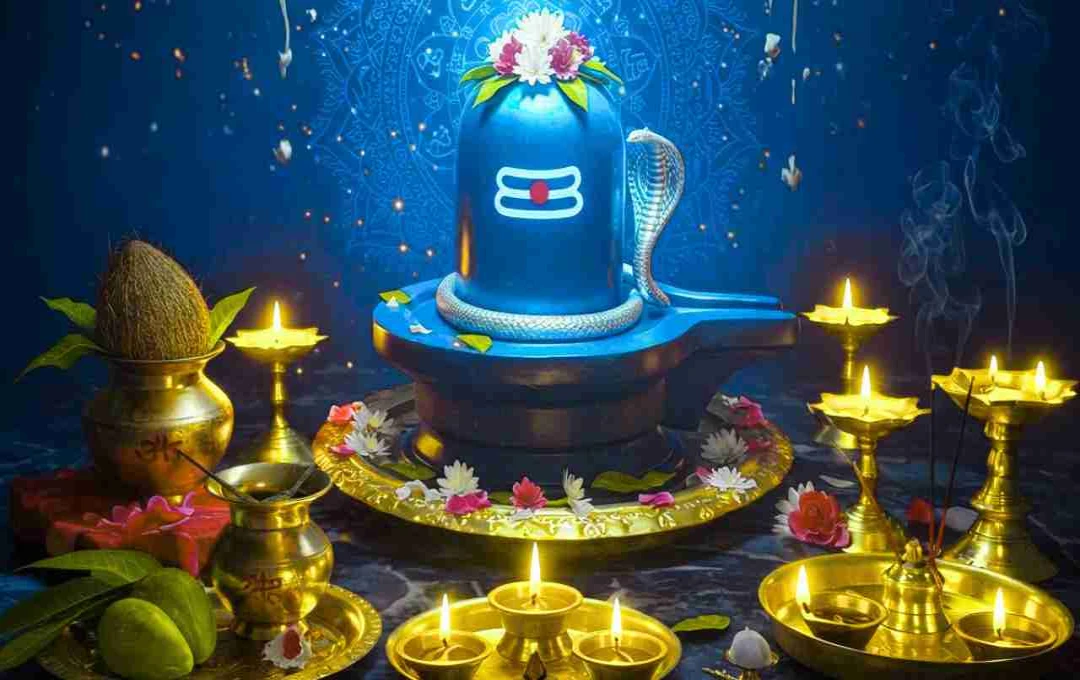The Virupaksha Temple in Karnataka holds a special place in India's cultural and religious heritage. It is not only a symbol of South India's architectural grandeur but also a temple that has survived, been worshipped, and remains a deeply connected pilgrimage site despite numerous historical upheavals. Situated in the ancient capital of Hampi, this temple is a center of attraction not only for Shiva devotees but also for those interested in history and architecture.
Identifying Antiquity: The Origin of the Virupaksha Temple
The history of the Virupaksha Temple begins in the 7th century. This was a period when many small and large dynasties were in power in India, and the construction of religious sites was a common tradition. Initially, it was a small Shiva shrine, but as power and devotion expanded, the temple evolved into a vast complex.
The temple's origins were associated with the Virupaksha-Pampa sect in the Pampa-Tirtha area, which flourished along the Tungabhadra River for centuries. Inscriptions from the 9th and 10th centuries mention the worship of Shiva. These are evidence that the site had been a center of religious significance long before.
Reconstruction and Expansion in the Vijayanagara Empire
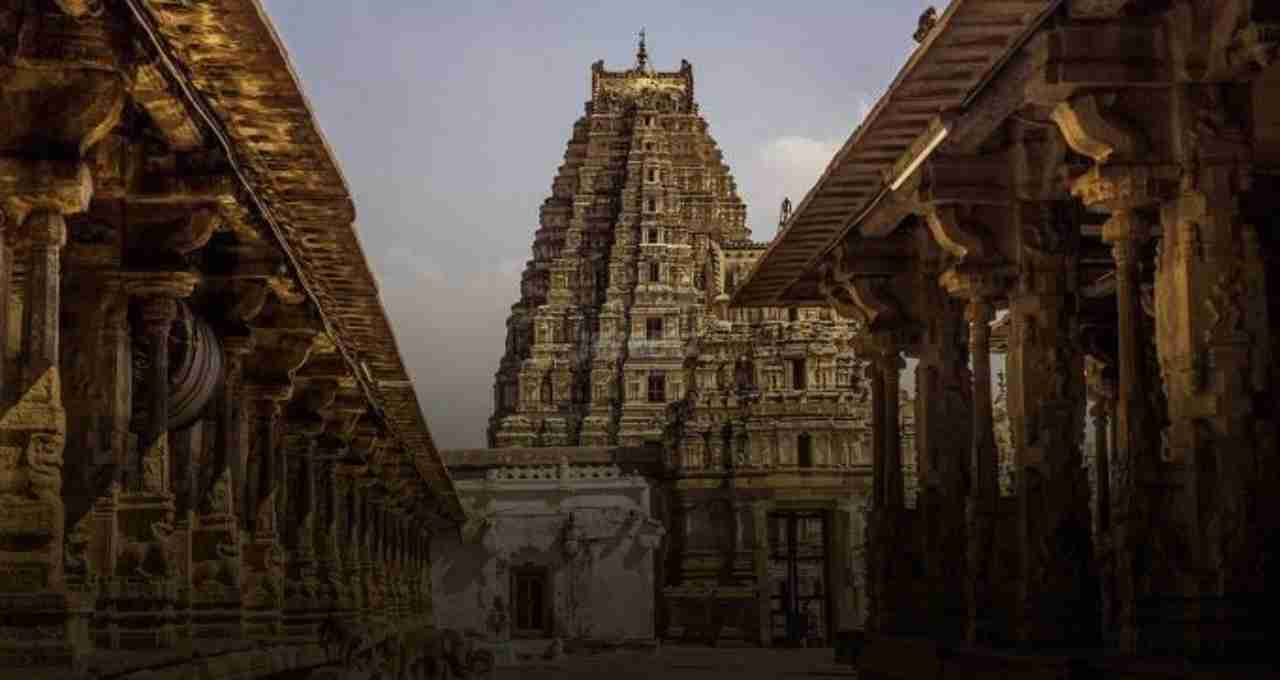
The actual expansion occurred during the 14th to 16th centuries when Hampi became the capital of the Vijayanagara Empire. The temple was given a grand form, especially during the reign of King Deva Raya II. His commander, Lakkana Dandesha, constructed the main building and the gopuram (entrance gate). During this period, the famous King Krishnadevaraya also built an ornate sabhamandapa (assembly hall) and an entrance within the temple.
In 1510 AD, on the occasion of his coronation, Krishnadevaraya also installed an inscription in the temple, detailing his contributions. He built the eastern gopuram, which is still the tallest and most attractive part of the temple.
Architectural Uniqueness: Wonderful Use of Mathematics and Geometry
The Virupaksha Temple is not just a religious site but also a miraculous example of architecture. The main gopuram (entrance gate) of the temple is nine stories high and approximately 50 meters tall. Its most unique feature is the use of fractal geometry. The patterns of the gopuram are repeated as they go up, making it look like an ice crystal.
Mathematical precision can also be seen in the carvings on the walls, pillars, and ceilings of this temple. The positions of the sanctum sanctorum, mandapas, courtyards, and auxiliary temples are also completely planned and harmonious.
Religion, Devotion, and Continuity
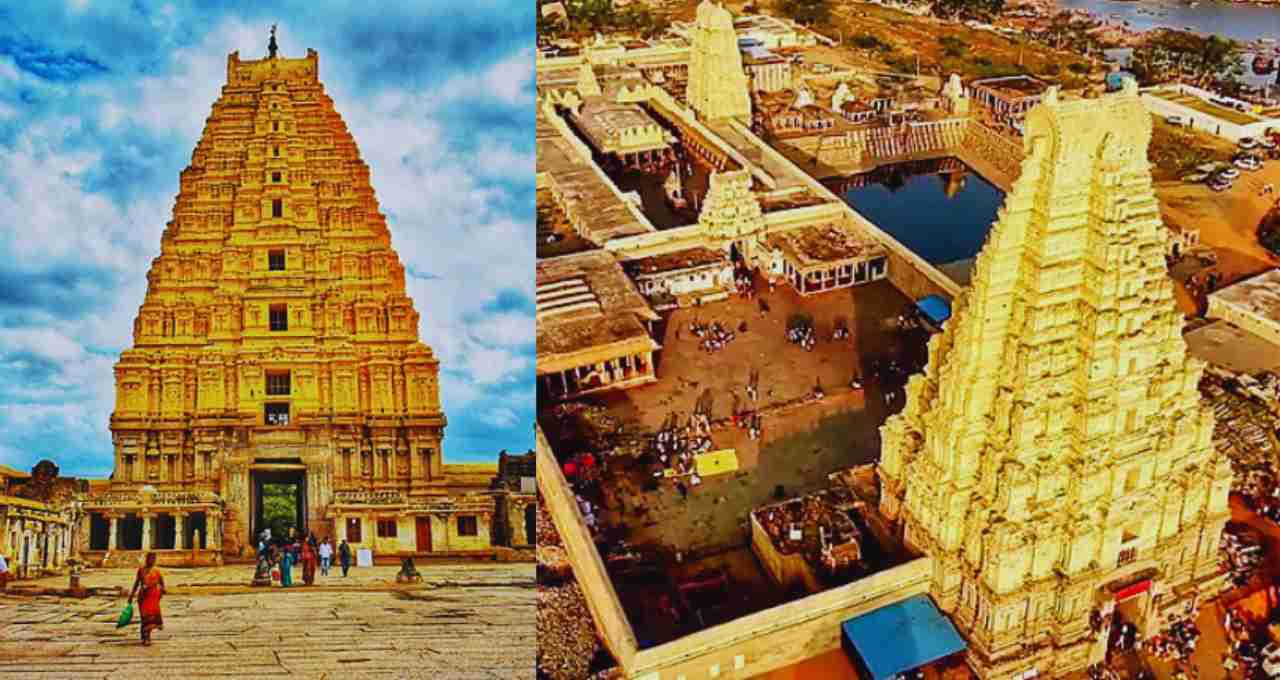
This aspect of the Virupaksha Temple makes it special—a historic building that was as revered in the 14th century as it is in the 21st century. Even after the Vijayanagara Empire fell in 1565, following the Battle of Talikota, and most of the temples were destroyed, the Virupaksha Temple survived. The reason for this was the faith of the local people and continuous worship.
Even today, worship takes place in this temple every day, and thousands of devotees visit here on special occasions. The marriage festival of Pampa Devi and Virupaksha in December and the chariot festival held in February are the two major events of the temple.
The Relationship Between the River, Nature, and the Temple
The Tungabhadra River is the lifeline of this temple. Flowing right behind the temple, this river not only provides religious sanctity but is also included in the architecture. In a part of the temple, this river flows as a narrow stream, reaching the kitchen and then exiting the courtyard. This arrangement reflects an understanding of ancient hydrology and architecture.
Crisis and Conservation
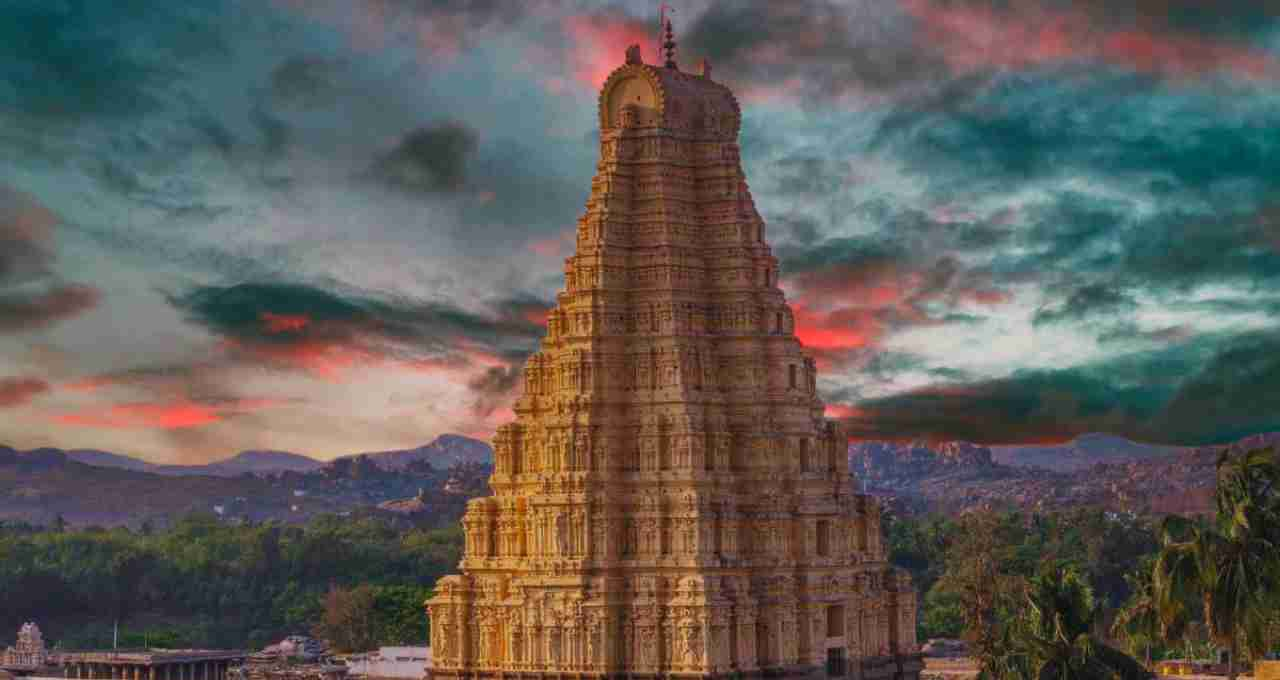
After the fall of the Vijayanagara Empire, many temples were looted and destroyed. The Virupaksha Temple was also damaged, but some structures were reconstructed in the early 19th century. This included the repair of the gopuram, the restoration of the pillars, and the repair of the inner mandapas.
Currently, this is the only active temple in Hampi where regular worship takes place and where conservation work is being carried out through government and private efforts.
A Shining Gem in the Heritage of Hampi
Among all the monuments of Hampi, the Virupaksha Temple is the most vibrant and alive. It is part of the group of monuments of Hampi, declared as a World Heritage Site by UNESCO. This temple is not only a center of faith for Lord Shiva, but it is also the embodiment of the power, art, science, and devotion of Vijayanagara.
The Virupaksha Temple is not just a place of worship but a living testament to India's heritage, culture, and scientific understanding. Despite the changing times, power, politics, and society over the centuries, this temple still stands firm today—a place where history, devotion, and science converge.







